Razer complements the asymmetrical shooter mouse DeathAdder V3 Pro (test) with a wired sister with 8,000 Hertz sensors. Compared to the wireless mouse, the price falls significantly, but remains at the level of the popular predecessor DeathAdder V2 (test). However, the DeathAdder V3 is not an uncompromising successor.
A hybrid of DeathAdder V3 and Viper 8KHz
But first, what makes the new Death Adder better. It takes over the PAW-3950 optical sensor introduced with the Viper V2 Pro (test), which can work on glass and which Razer developed in cooperation with PixArt and is initially allowed to use exclusively. There is currently no better mouse sensor and the PAW-3950 performs so well in measurements that, in combination with a USB query rate of up to 8,000 Hertz, one can basically speak of perfect sensors – no other mouse on the market can keep up here.
In the two linked chapters of the Viper 8KHz test, readers will find answers to the questions of how such high USB query rates work in theory with gaming mice and whether all of this makes sense at all. It was the first mouse to offer native 8,000 Hertz, but it is still based on an older sensor. Razer never released a wired Viper V2, so the Viper 8KHz has filled that role to date.
-
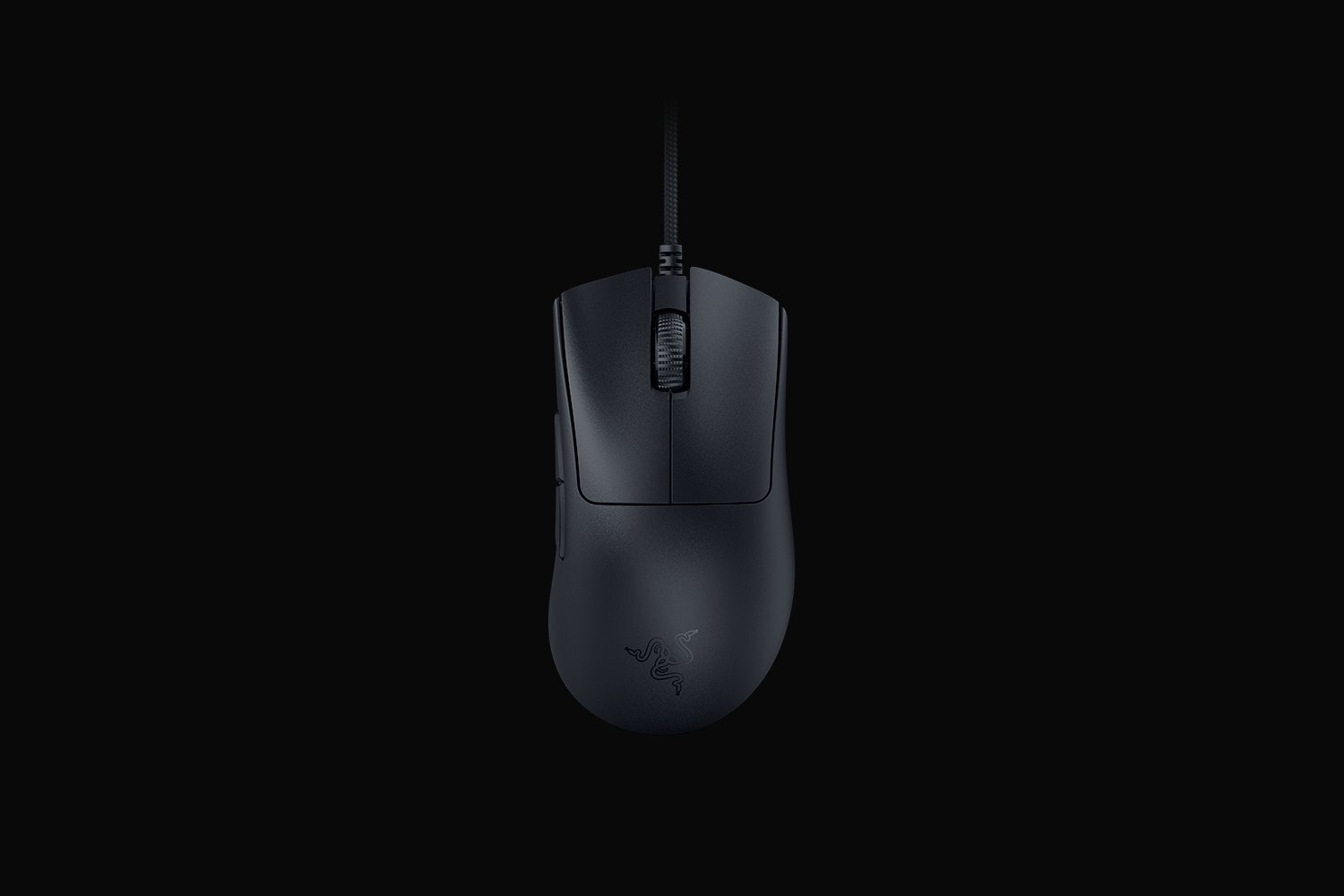 Razer DeathAdder V3 (Image: Razer)
Razer DeathAdder V3 (Image: Razer)
Image 1 of 7
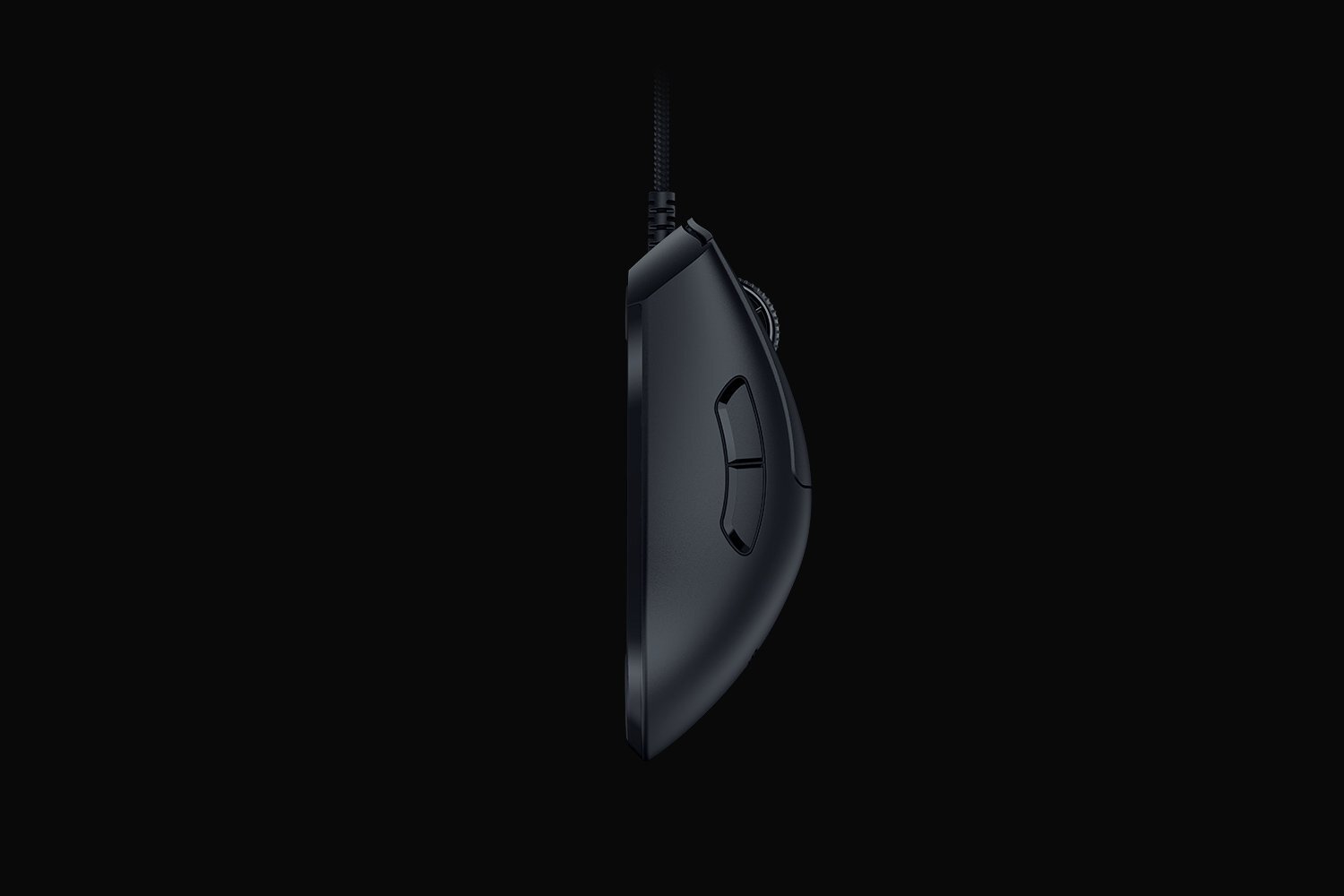
< figure class="thumbs__figure"> 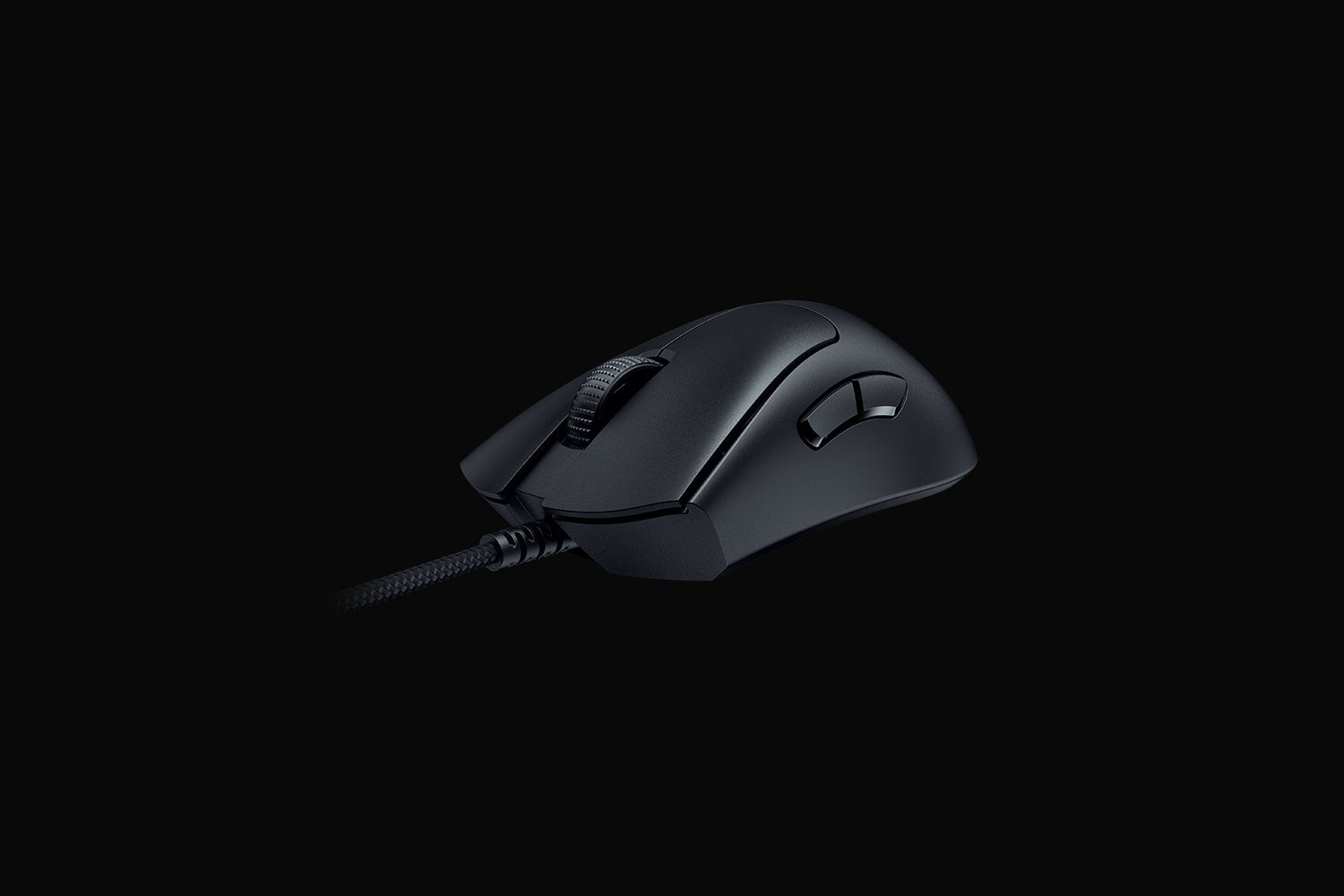
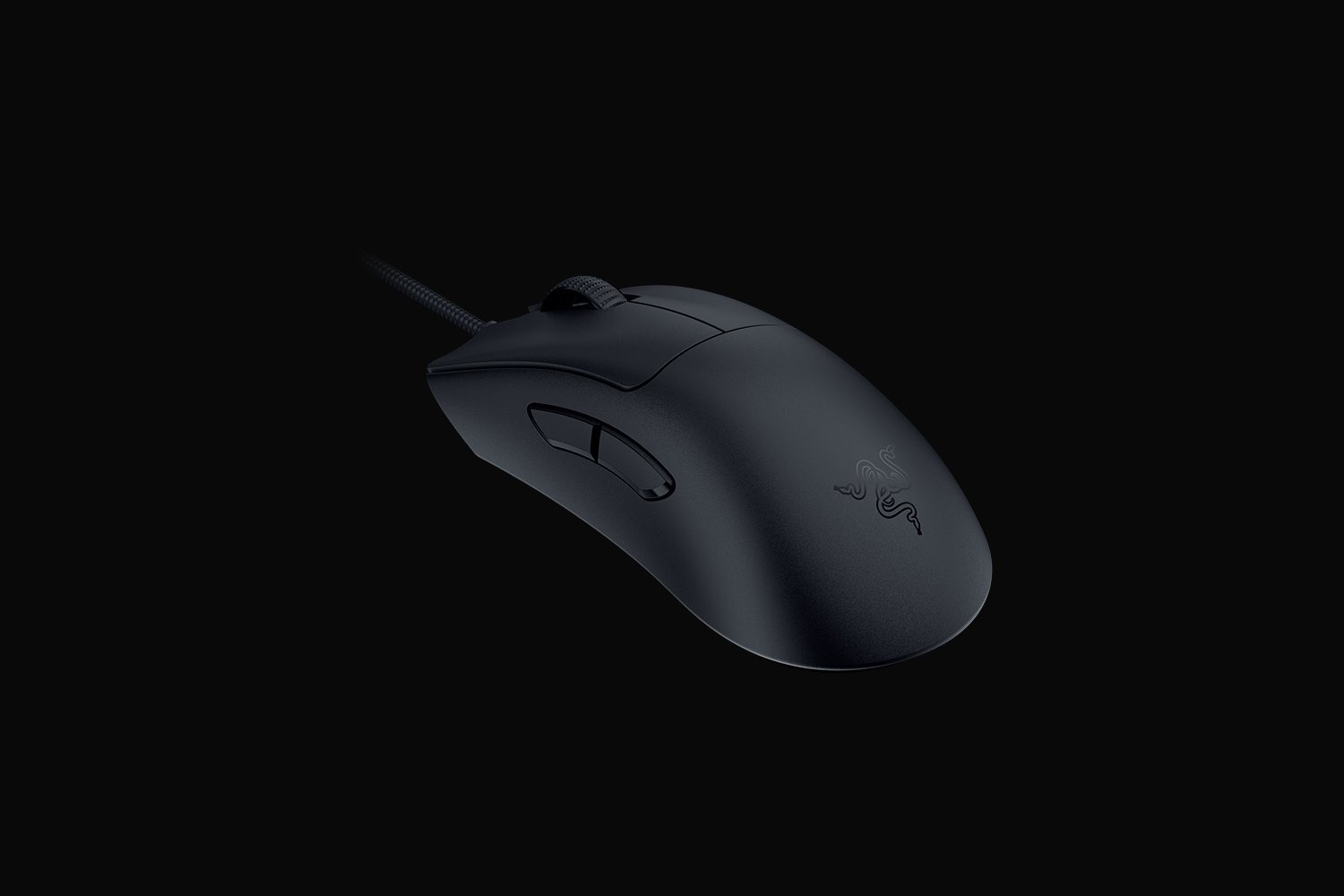
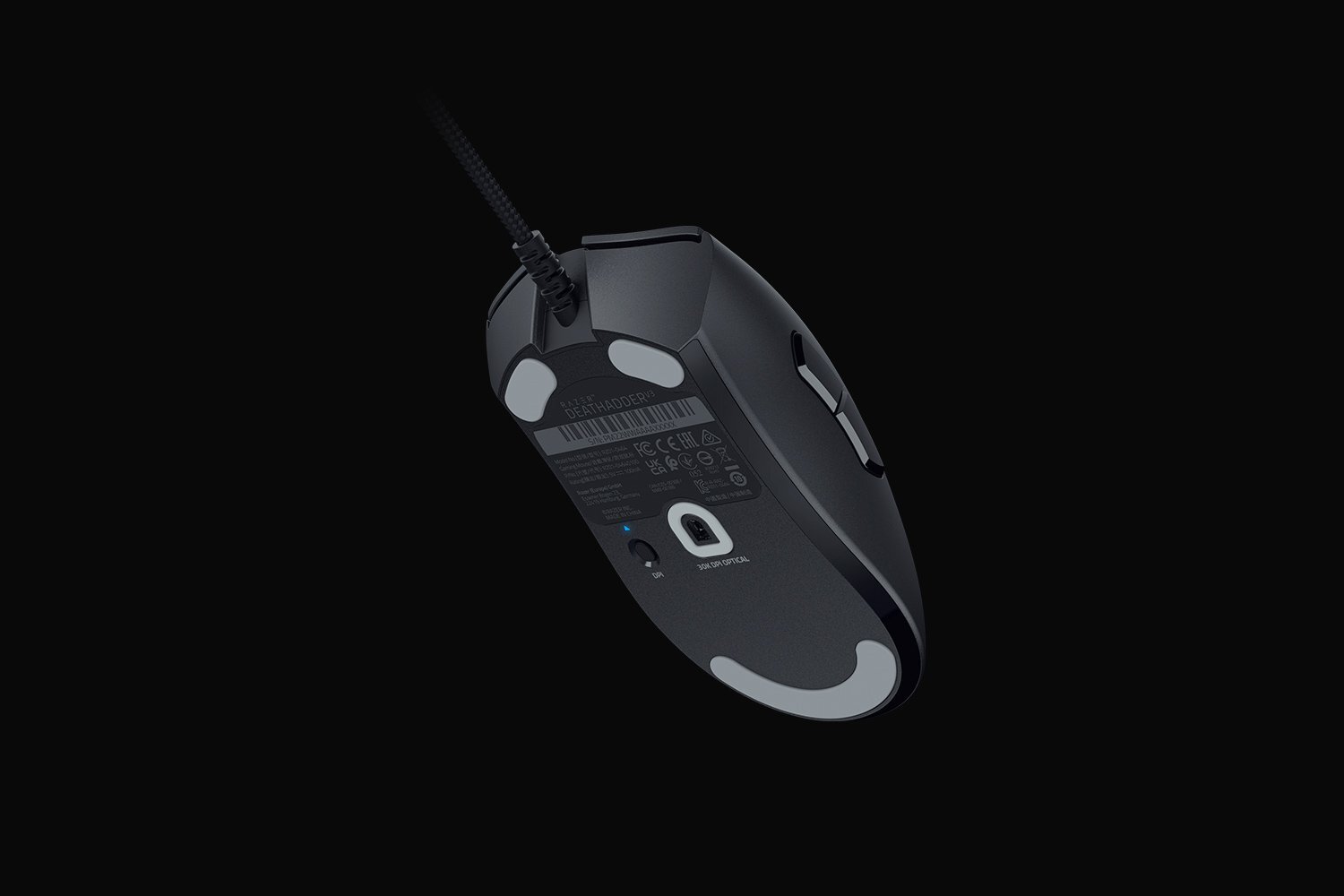
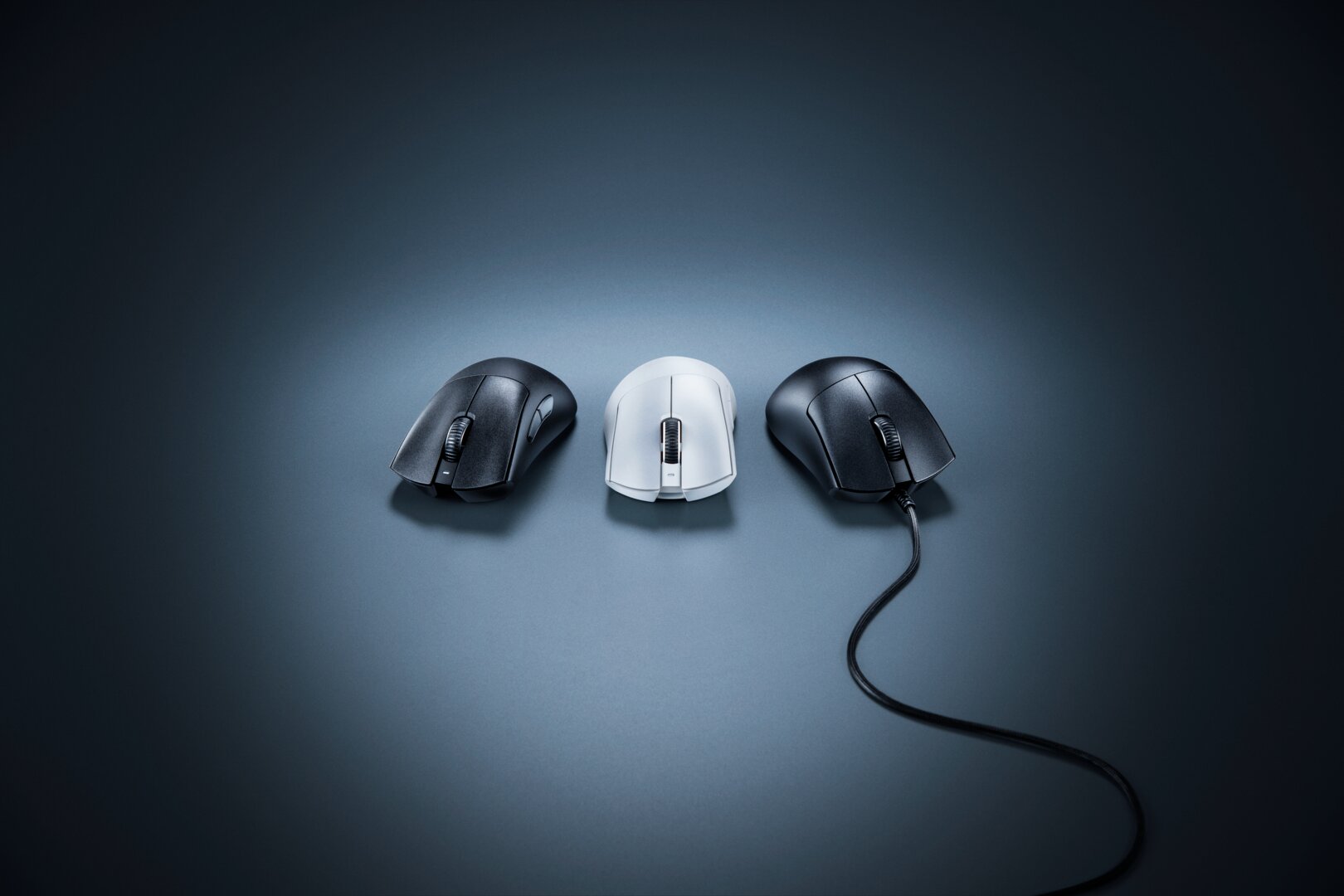
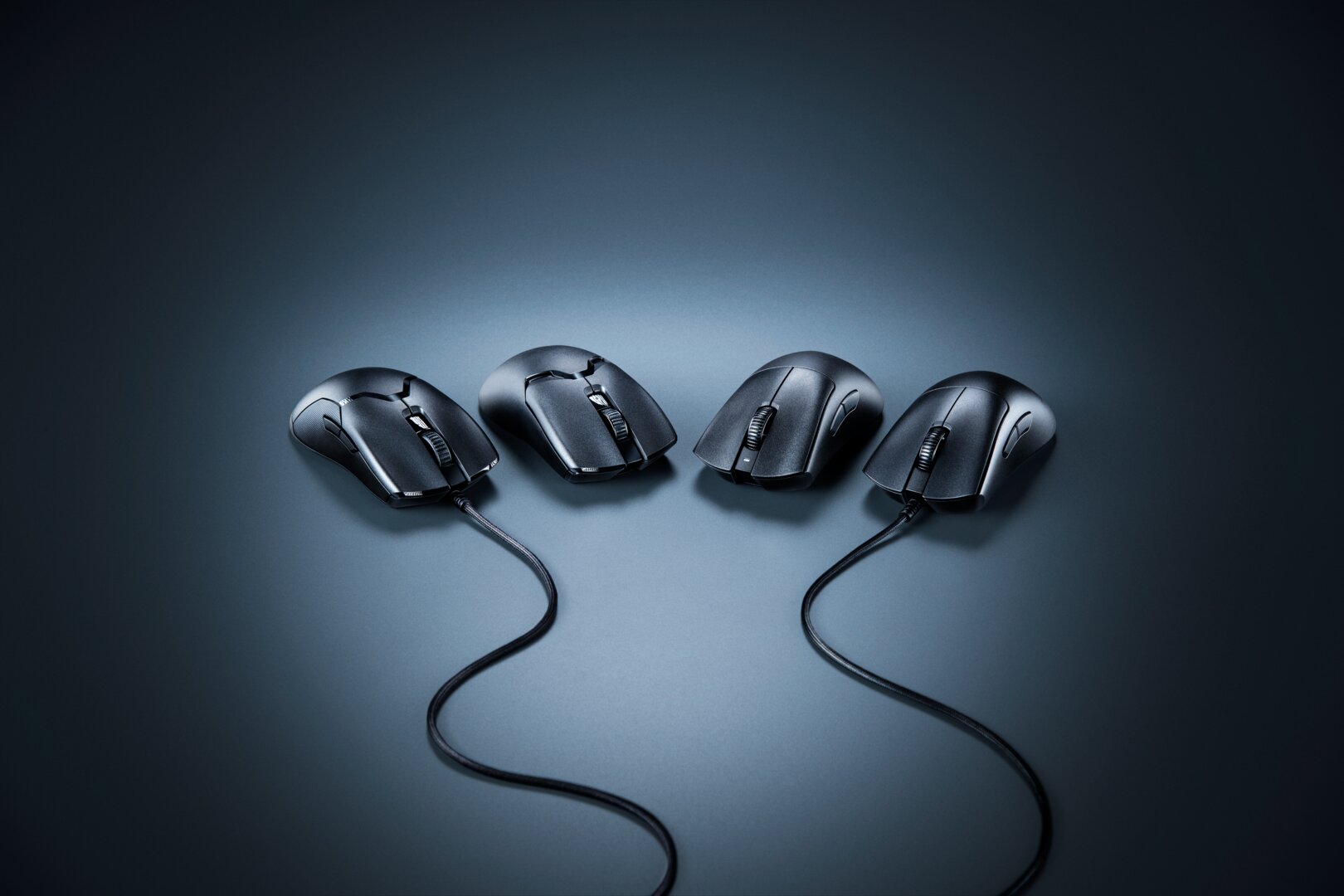
Razer DeathAdder V3 (Image: Razer)
The DeathAdder V3 can also stand out from the wired Viper with the primary buttons: the third generation of opto-mechanical Razer switches are used, which also have button covers that are detached from the housing; an advancement in relation to the DeathAdder V2. In addition, the new Death Adder loses the rubberized flanks and the RGB lighting, making it a whole 23 grams lighter; the mouse weighs only 59 grams. For comparison: The DeathAdder V3 Pro weighs 64 grams and the Viper V2 Pro weighs 58 grams. The exotic Viper Mini Signature Edition with magnesium exoskeleton is even lighter at 49 grams as the only Razer mouse. The editors have explained in detail in a separate article why such a low weight is elementary, especially for fingertip and claw grips and for ambitious shooter players.
- Easy to explain: That's why gaming mice are weighing less and less
There are also changes to the DeathAdder V2 in terms of shape. The mouse designed for the palm grip takes over the chassis of the DeathAdder V3 Pro and is therefore more reminiscent of a Mamba, whose last iteration Mamba Wireless (test) is now four and a half years old. However, there will be no new models with the name of the poisonous African snake, as the DeathAdder V3 (Pro) inherits the legacy of both series. However, the hybrid design tends to be superior to the old DeathAdder models, as became clear in the test. The flexibly wrapped USB-C-to-USB-A cable and the PTFE mouse feet remained unchanged.
Not in every respect better than its predecessor
But as with the step from DeathAdder V2 Pro (test) to DeathAdder V3 Pro, there is not an improvement in every respect with the wired counterparts either. The DeathAdder V3 lacks the two additional buttons on the back of the mouse and the four-way mouse wheel of the older Death Adder mice in order to reduce the weight. And as with the high-end mice of the past year, Razer has truncated the internal storage for some incomprehensible reason. Although the DeathAdder V3 offers space for five software profiles, it only saves settings for sensor resolution, USB sampling rate and lift-off distance, but not for key assignment. For shooter players, these changes don't necessarily have to be detrimental; for all-round users, however, very well.
More expensive and cheaper at the same time
The DeathAdder V2 also has the advantage that it is much cheaper to trade; for more than a year it has been consistently listed for 40 euros or less in price comparisons. For a mouse specified in this way, this is an unbeatable price. The DeathAdder V3, which is available now, is not more expensive on paper with its recommended retail price of around 80 euros; it can still be many months before the price level of the predecessor is reached.
On the other hand, the input device costs significantly less than the wireless variant, which still costs at least 145 euros. The HyperPolling Wireless Dongle (test) for wireless 4,000 Hertz costs an additional 35 euros.
Razer DeathAdder V3 Pro Razer DeathAdder V3 Razer DeathAdder V2 Razer Viper 8KHz Ergonomics: Right-handed Symmetrical (Ambidextrous) Sensor: PixArt PAW-3950
Optical
Lift-Off-Distance: 1.0-3.0mm PixArt PAW- 3399
Optical
Lift-Off-Distance: 1.0-3.0 mm Resolution: 50-30,000 CPI
5 levels 100-20,000 CPI
5 levels Speed: 19.0 m/s 16.5 m/s Acceleration: 686 m/s² 490 m/s² USB polling rate: 1000 Hz 8000 Hz 1000 Hz 8000 Hz Primary switch: Razer Optical, 90 million Clicks Razer Optical, 70 million Clicks Number of Keys: 6
Top: 3 Bottom: 1
Left side: 2 8
Top: 5 Bottom: 1
Left side: 2 8
Top: 3 Bottom: 1
Left side: 2 Right side: 2 Special keys: Mouse wheel
cpi switcher mouse wheel
cpi switcher, profile switcher mouse wheel
cpi switcher software: 5 profiles
fully programmable, secondary assignment
macro recording
Internal memory: 1 profile 5 profiles< br>Fully programmable, secondary occupancy
Macro capture
Internal memory: 5 profiles Lighting: – Color: RGB, 2 addressable zones
Modes: Breathing, Waves, Color loop
Reactive, Game integration Color: RGB, 1 addressable zone
Modes: Breathing, Waves, Color loop
Reactive, game integration
Cpi indicator housing: 128 × 68 × 44 mm
Hard plastic, coating
Sliding feet: PTFE (pure) 128 × 44 × 68 mm
Hard plastic, coating< br>Sliding feet: PTFE (pure) 127 × 62 × 43 mm
Hard plastic
Glossy elements, rubber elements 127 × 67 × 38 mm
Hard plastic, coating
Glossy elements, rubber elements
Sliding feet: PTFE (pure ) Weight: 64 grams (without cable) 59 grams (without cable) 82 grams (without cable) 71 grams (without cable) Connection: USB-A to USB-C cable, 1.80 m, wrapped< br>Radio: 2.4 GHz, Bluetooth
proprietary battery, 90 hrs runtime
Charging: cable USB-A to USB-C cable, 1.80 m, wraps USB-A cable, 2, 10 m, wrapped USB-A cable, 1.80 m, wrapped Price: from €146 from €80 from €40 from €64 CB-Funk Podcast Episode #8: If you just don't want the graphics memory to grow